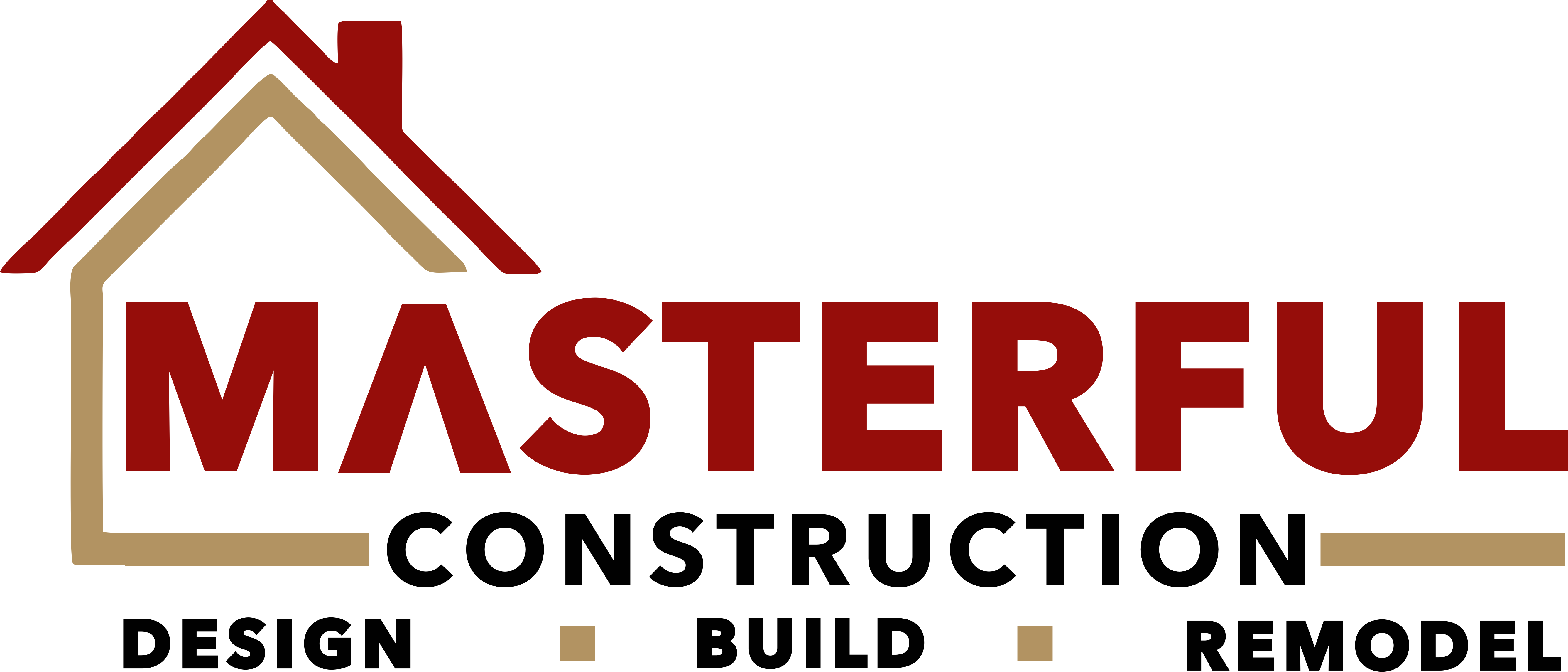Getting an estimate from a contractor when hiring to work on your home is always a key part of the process. However, when such estimates become far too high for a homeowner, there might be confusion, frustration, or sheer uncertainty about what direction to go. Whether it’s adding a new kitchen, building onto a new deck, or doing a whole home remodel, you need to understand how to analyze and manage an estimate that appears out of your decided budget. Here’s the step-by-step on what to do if your contractor estimate seems too expensive.
1. Carefully Go Over the Estimate
Before jumping to conclusions, you must clearly take time to review an estimate issued by a contractor. Most contractors break up costs into the following categories: materials, labor, permits, and miscellaneous fees. Have a look at the following:
- Labor Costs: Is there an hourly rate being charged? Are the estimated hours reasonable compared to the work involved?
- Materials: Are the materials mentioned in the quotation within your budget, or do they cost more than you thought?
- Additional Charges: Be alert to additional charges for equipment rentals and specialized tools. Check also for overheads and administrative charges.
For instance, ask the contractor to explain aspects of the estimate that seem unclear. A good contractor should justify the costs of your project correctly and also include transparent explanations.
2. Multiple Estimates
One good way to evaluate whether a contractor’s estimate is excessive would be to ask for multiple quotes from other contractors. This will help you understand what you could expect in terms of a typical price for the particular type of work you have done. When soliciting quotes, make sure to request that each of the contractors present the costs in the same manner so that you will be able to compare.
Be cautious about quotes that are significantly lower than the others. This can be a sign that the contractor will not pursue certain ideas or may use substandard materials. However, if one quote is significantly higher than the others, this becomes a red flag and should be inquired about.
3. Ask for a Detailed Breakdown
If the estimate is too high, definitely ask the contractor to break it down further. Sometimes, contractors provide general estimates that omit significant information, which can make the overall cost appear inflated. To clarify better where each penny is being allocated, ask the contractor to give a more specific list of hours worked on labor, materials, and other expenses.
Ask also about other materials or design options that can also bring cost savings. For instance, if a contractor suggests expensive high-end finishes, ask what cheaper alternatives can still work for you.
4. Consider the Contractor's Reputation and Experience
A good, experienced contractor will cost you more than one just breaking into the trade. If you have a highly skilled contractor with a proven record, it might be reflected in the estimate they provided you with. But that doesn’t necessarily mean you have to accept some grossly inflated estimate. Experienced people often come at a price.
Investigating ratings, reviewing previous work, and asking for recommendations from the contractor’s previous clients can assist you in evaluating whether the extra cost can be supported by the contractor’s experience, quality of work, and dependability. In some cases, it may be profitable to hire a more expensive contractor who is known to be trustworthy.
5. Negotiate the Terms
Once you have a clear vision of the estimate and have obtained other quotes, you can talk to your contractor about negotiating. Bring up issues in the quote for which you are not willing to pay; a good contractor will be open to discussing the budget and may decide to make adjustments to the estimate or provide recommendations on how to reduce the costs.
You can ask them to break down the scope of work and ensure that the most important items are prioritized first. For instance, if you want to implement the project in phases, the contractor might be ready to start focusing on the most urgent matters and defer others to later stages while spreading costs over time.
6. Be Cautious About Cutting Corners
It’s always wise not to go beyond one’s budget. However, be careful not to overzealously encourage the contractor to lower the estimate. Quality materials and skilled labor are expensive for a reason so using cheaper options may prove costly in the future. It is often said; skimping on something now may result in some shoddy workmanship that will call for repairs or even replacements long before the anticipated period.
If the contractor proposes reducing the scope of work or using inferior materials, weigh that move against potential long-term consequences before deciding to implement it. It is essential to balance cost savings with overall quality and potential longevity.
7. Trust Your Instincts
More importantly, your intuition should direct your decision on whether to accept an estimate from a contractor. If something feels wrong with the bid, communication, or professionalism of this contractor, take a step back. It’s far better to have a project delayed or walk away from the potential contractor than to rush into a contract that may lead to disaster.
Picking the right contractor is as much about trusting and feeling comfortable with someone as it is about paying the right price. When you feel that the cost is not worth it or the contractor is not transparent, there is no harm in looking around. Your home improvement project is an investment, and you want to work with someone offering both value and quality.
If your contractor estimate seems excessive, it’s essential to carefully review the details, gather multiple quotes, and ask for clarification on any unclear charges. Feel free to negotiate and consider alternative options for materials or scope of work. While it’s essential to stay within your budget, remember that cutting corners too much can lead to future problems. Ultimately, trust your instincts and work with a contractor that shares integrity, honesty, and quality values. By following these steps, you can be sure that you are making the best choice for your project and wallet.

